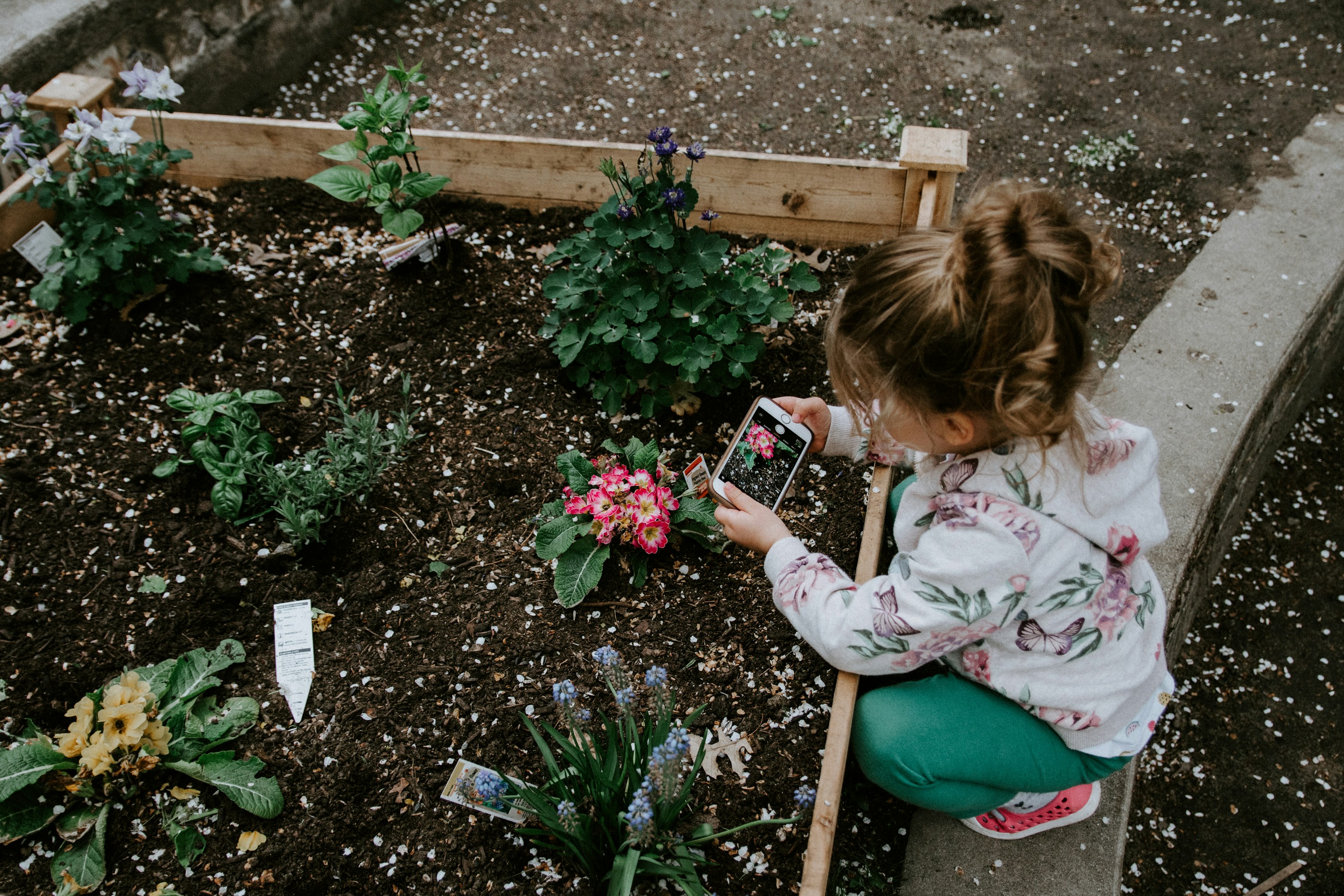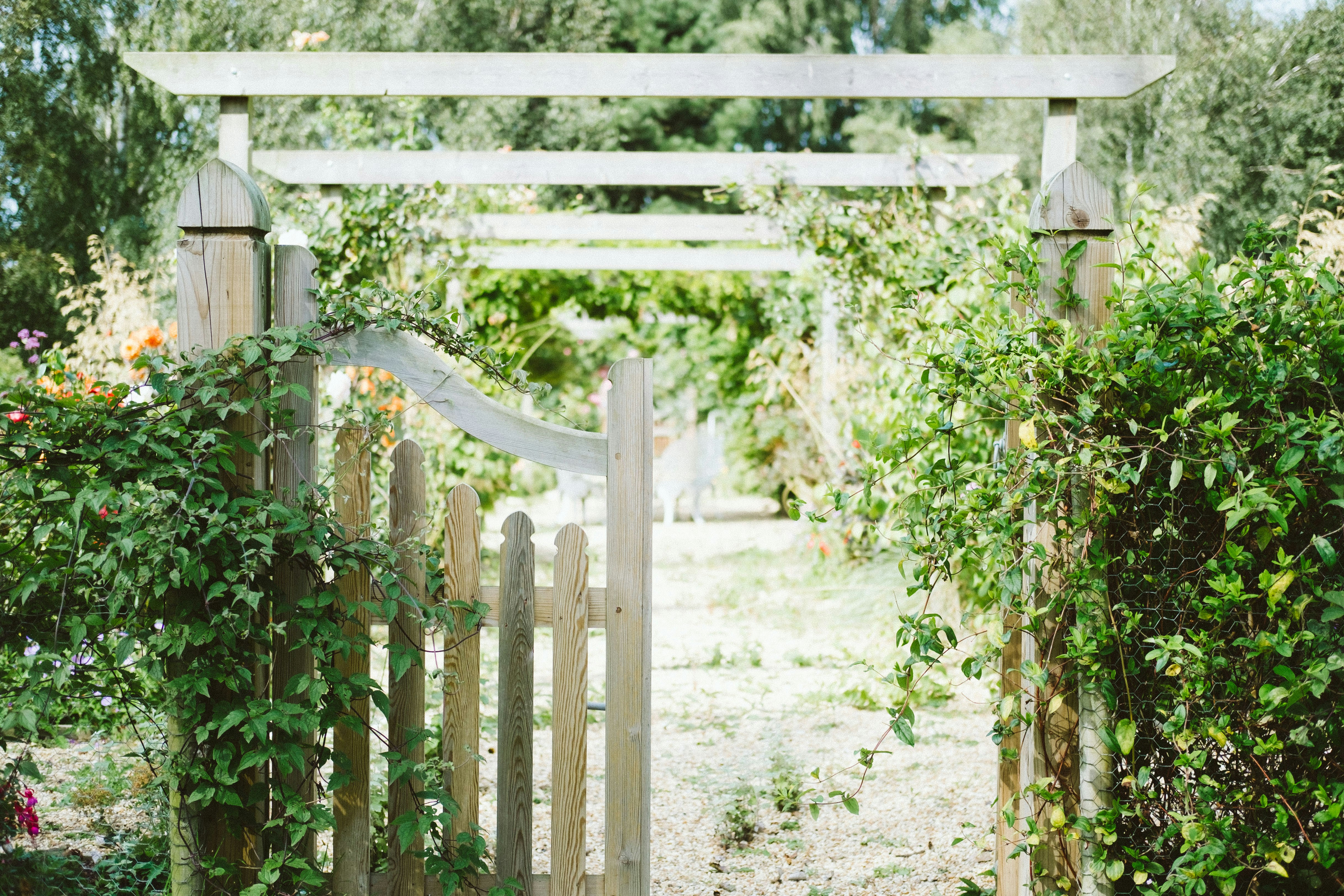👋 Click the mic button to talk to Alfred, the Todd's Seeds Gardening/Sprouting Expert – Feel free to ask him anything!
Ask Virtual Todd Anything - Click the Mic
If you’ve ever found yourself perplexed by how to keep those pesky weeds from invading your pristine garden, fear not! This article is here to guide you through the maze of weed control methods. Whether you’re a seasoned gardener or just a beginner, we’ve got you covered with easy-to-follow tips and techniques to maintain a weed-free oasis. Say goodbye to unsightly intruders and hello to a flourishing garden that will make your neighbors green with envy.
Mulching
What is mulching?
Mulching is a highly effective and popular method of weed control in gardens. It involves covering the soil around plants with a protective layer of material, such as organic matter or plastic, to prevent weed growth. Mulching not only suppresses weeds but also provides several other benefits, including moisture retention, temperature regulation, and improved soil health.
Types of mulch
There are various types of mulch available for weed control. Organic mulches, such as wood chips, straw, or shredded leaves, are derived from natural materials and provide additional benefits like adding nutrients to the soil as they break down. Inorganic mulches, like plastic or landscape fabric, are made of synthetic materials and offer excellent weed suppression but may require more maintenance.
How does mulch control weeds?
Mulch controls weeds by creating a barrier between the soil surface and sunlight. Weeds need sunlight to grow, and by mulching, you block their access to sunlight, preventing them from sprouting and reaching maturity. Additionally, mulch also helps to conserve moisture in the soil, making it harder for weeds to survive in dry conditions.
Best mulch for controlling weeds
When it comes to choosing the best mulch for weed control, organic mulches are often recommended. Wood chips, straw, or shredded leaves make effective weed suppressants while also enriching the soil as they decompose. However, the choice of mulch also depends on factors such as the type of plants you have, your climate, and personal preference. It’s important to select a mulch that suits your garden’s specific needs.
Hand weeding
When to hand weed
Hand weeding is a technique that involves removing weeds manually from the garden by pulling them out of the soil. It is important to hand weed regularly to prevent weeds from spreading and competing with your desired plants for nutrients and resources. The best time to hand weed is when the soil is moist, making it easier to pull out the entire root system of the weeds.
Tools needed for hand weeding
To effectively hand weed your garden, you’ll need a few essential tools. A hand-held garden trowel or a weeding tool with a forked end can be useful for loosening the soil around the weed’s roots. A garden hoe is ideal for larger areas with dense weed growth. Additionally, having a pair of gardening gloves will protect your hands while pulling out weeds.
Proper technique for hand weeding
Using the right technique is crucial for successful hand weeding. Start by grasping the weed firmly near the base, as close to the soil level as possible. Gently pull the weed upwards, ensuring that you remove the entire root system to prevent regrowth. For stubborn or deeply rooted weeds, using a weeding tool to loosen the soil around the roots will make it easier to extract them fully.
Chemical weed control
Types of chemical weed control
Chemical weed control involves using herbicides to kill or inhibit the growth of weeds. There are two main types of herbicides: selective and non-selective. Selective herbicides target specific types of weeds without harming desirable plants, making them suitable for controlling weeds in specific areas. Non-selective herbicides kill all plants they come into contact with and are best used for widespread weed infestations or clearing an area before planting.
Precautions to take when using chemicals
When using chemical weed control methods, it’s important to take precautions to protect yourself, the environment, and non-target plants. Always read and follow the instructions on the herbicide labels carefully. Wear protective clothing, including gloves, long sleeves, and safety goggles. Avoid applying herbicides on windy days to prevent the spray from drifting onto unintended areas. It’s also crucial to store herbicides safely, away from children and pets.
Effective chemical weed control products
There are numerous chemical weed control products available in the market, each designed to target specific types of weeds in different situations. Glyphosate-based herbicides have gained popularity for their effectiveness in killing a wide range of weeds. However, it’s important to choose the right product for your specific needs and follow the manufacturer’s instructions to ensure safe and effective weed control.
Crop rotation
What is crop rotation?
Crop rotation is a valuable technique used in agriculture and gardening that involves growing different crops in the same area over time. By rotating crops, you can disrupt the life cycles of weeds and reduce their populations. This method is particularly effective against weed species that are specific to certain crops.
Benefits of crop rotation for weed control
Crop rotation offers several benefits for weed control. First, it helps break the cycle of weed growth by interrupting their germination and reproduction patterns. Second, different crops have different root structures and growth habits, which can help suppress specific weed species. Lastly, rotating crops can improve soil health and fertility, making it less favorable for weed growth.
Implementing crop rotation in your garden
To implement crop rotation in your garden, divide the available space into different sections or beds. Each year, plant a different crop in each section, ensuring that you rotate crops with different growth habits and rooting depths. By alternating crops, you can reduce the buildup of specific weeds and promote healthier soil conditions. Be sure to plan your rotations ahead of time to allow for proper crop selection and scheduling.
Cover cropping
What are cover crops?
Cover crops are crops that are grown primarily to benefit and protect the soil rather than for harvest. They are typically planted during fall or winter and remain on the soil surface until spring. Cover crops serve as living mulch, crowding out weeds and preventing their growth through competition for resources like light, water, and nutrients. Additionally, they improve soil structure, prevent erosion, and enhance overall soil health.
Using cover crops to smother weeds
Cover crops can effectively smother weeds and reduce their presence in your garden. When densely planted, cover crops create a thick canopy that shades out potential weed seedlings, preventing them from receiving enough light to grow. Additionally, the root systems of cover crops can exude natural herbicides, known as allelopathic compounds, that inhibit weed germination and growth.
Best cover crops for weed suppression
Several cover crops excel in weed suppression and soil protection. Winter rye, also known as cereal rye, is a popular choice as it forms a dense mat that effectively suppresses weeds. Other options include buckwheat, clover, and hairy vetch, which not only suppress weeds but also enrich the soil with nitrogen. It’s essential to choose a cover crop that suits your specific garden conditions and desired outcomes.
Solarization
What is solarization?
Solarization is a natural method of weed control that utilizes the sun’s heat to kill weed seeds and young weed seedlings in the soil. It involves covering the soil with a clear plastic sheet, which traps heat and raises the temperature in the upper layers of the soil. Solarization is particularly effective for annual weeds, as the high temperatures can sterilize the soil surface and reduce weed populations.
Steps to solarize your garden
To solarize your garden, start by preparing the soil by removing any existing weeds and debris. Rake the soil surface to create a level and smooth area. Water the soil thoroughly, as moisture will help conduct heat. Then, cover the soil with a clear plastic sheet, ensuring it is tightly secured around the edges. Leave the plastic in place for 4-6 weeks during the hottest periods of the year for maximum effectiveness.
Advantages and limitations of solarization
One of the advantages of solarization is that it is an organic and chemical-free method of weed control. It can effectively reduce weed populations, including problematic weeds and certain plant diseases. However, there are limitations to solarization. It is most effective in warm and sunny climates, and the results may vary depending on the type of weed species present. In some cases, deep-rooted perennial weeds may not be completely eradicated.
Landscape fabric
Understanding landscape fabric
Landscape fabric, also known as weed cloth or weed barrier, is a synthetic material designed to suppress weed growth while allowing the passage of air and water to the soil. It is typically made of woven or non-woven polypropylene and is available in various thicknesses. Landscape fabric is an effective way to prevent weed emergence and minimize the need for constant weeding.
How to install landscape fabric
To install landscape fabric, begin by clearing the area of existing weeds and debris. Level the soil surface and moisten it if necessary. Roll out the landscape fabric over the desired area, ensuring there are no gaps or overlaps. Secure the fabric by using landscape fabric pins or anchoring it with rocks or soil. Make precise cuts or openings in the fabric to accommodate the desired plantings.
Maintaining landscape fabric for weed control
While landscape fabric can effectively suppress weeds, it requires proper maintenance to remain effective over time. Regularly inspect the fabric to ensure it is intact and free of tears or damage. Clean the surface of the fabric to remove any dirt or debris that may accumulate. Periodically check for weeds that may grow on top of the fabric and remove them promptly to prevent root penetration.
Weed barriers
Types of weed barriers
Weed barriers are physical barriers placed in the soil to prevent weed growth. They can be made of materials like plastic or geotextile fabric and are typically installed beneath mulch or gravel. Plastic weed barriers offer excellent weed suppression but may restrict water and air movement, while geotextile fabric allows for better drainage and soil interaction. There are also biodegradable weed barriers available that break down over time, providing temporary weed control.
Benefits and drawbacks of weed barriers
Weed barriers offer several benefits, including long-term weed suppression, reduced need for herbicides or manual weeding, and moisture conservation. They also help regulate soil temperatures and prevent soil erosion. However, there are some drawbacks to consider. Plastic barriers can hinder the natural movement of water and nutrients in the soil, potentially impacting plant health. They can also be labor-intensive to install and may degrade over time.
Proper installation and maintenance
To install a weed barrier, start by preparing the soil by removing existing weeds and debris. Smooth the surface of the soil and moisten it if necessary. If using plastic barriers, roll out the sheet and secure it tightly to the soil, ensuring there are no gaps or overlaps. For geotextile fabric, cut the material to fit the desired area and secure it with landscape fabric pins or staples. Regularly inspect the barriers for damage or weed breakthrough and make any necessary repairs.

Vinegar as a natural weed killer
Why vinegar is effective against weeds
Vinegar is a natural, non-selective weed killer that can be used as an alternative to chemical herbicides. The acetic acid in vinegar is the active ingredient responsible for killing weeds. When applied directly to the foliage, vinegar desiccates the plant tissues, causing plants to dry out and die. The high acidity of vinegar disrupts the pH balance of the plant, inhibiting vital functions and eventually killing it.
How to use vinegar as a weed killer
To use vinegar as a weed killer, pour or spray undiluted vinegar directly onto the weeds, ensuring thorough coverage of the foliage and stems. For best results, apply vinegar on a warm and sunny day when the plants are actively growing. Be cautious when applying vinegar near desirable plants, as it can also damage or kill them. For precision application, use a spray bottle or a brush to target specific weed areas.
Precautions when using vinegar
While vinegar is a natural and safe weed control option, precautions should be taken when using it. Vinegar can harm or kill desirable plants, so apply it carefully and avoid overspray or drift onto unintended areas. It’s important to note that vinegar may only kill the visible parts of weeds, and some perennial weeds may regrow from their deep root systems. Additionally, using vinegar as a weed killer may temporarily increase soil acidity, which could affect the pH balance of the surrounding soil.
Hand-pulling weeds
Identifying common garden weeds
In order to effectively hand-pull weeds, it is essential to be able to identify common garden weeds. Weeds can vary in appearance, but some common types include dandelions, crabgrass, chickweed, and purslane. Learning to recognize the different shapes, sizes, and growth habits of weeds will help you address them promptly and take appropriate action.
Proper technique for hand-pulling
Start by grasping the weed near the base, as close to the soil level as possible. Firmly hold the weed and gently pull upwards, using a wiggling motion to loosen the roots from the soil. Try to remove the entire root system to prevent regrowth. It is important to pull weeds when the soil is moist, as it will make it easier to extract the entire plant, including the roots.
Tips for preventing regrowth
To prevent regrowth after hand-pulling weeds, it’s important to address the underlying issues that contribute to weed growth. Consider implementing preventive measures such as mulching, cover cropping, or crop rotation to create a less favorable environment for weeds. Regularly monitor your garden for new weed growth and promptly remove any emerging weeds before they have a chance to mature and develop new seeds. Additionally, practicing good garden hygiene by removing any weed debris will help prevent the spread of seeds and weed populations.





